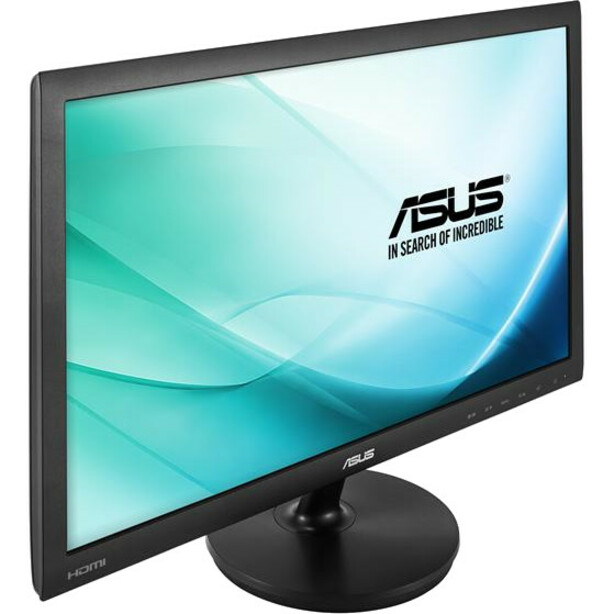

The main difference between the two is their form factor (horizontal versus vertical) as well as the port placements. Additionally, they provide gigabit Ethernet connectivity as well as a total of six USB ports (two USB 3.0 ports, four USB 2.0 ports). I would recommend either versions of our USB 3.0 Dual Display Docking Stations (UD-3900 or UD-3900H).īoth of these docking stations can drive up to two 1080p displays via one HDMI port and one DVI port (or VGA with the included DVI-to-VGA adapter). We don’t offer any single quadruple display docking stations, but what we generally recommend to customers looking to achieve four displays is the use of one of our USB 3.0 docking stations in combination with two of our USB 3.0 graphics adapters.

I’ll proceed assuming USB-C is out of the picture, but let me know if you might reconsider there. Compatible USB-C and Thunderbolt 3 ports come with huge benefits over the typical USB 3.0 Type-A port, which you might be interested in taking advantage of especially in a new system. You mention that you can’t guarantee a USB-C port will be on your next computer, however USB-C is growing more prevalent along with Thunderbolt 3, so there is a bit of a conflict there. I was able to find the correct EDID data for this monitor online, but I'm unclear what to do with it to make my system properly see the monitor, or (failing that) how to make it work even without the EDID such as by forcing the resolution in Xorg.The key question that I need to understand from you to best provide a potential Plugable solution is what kind of future systems you will be considering. Though I'm not sure why it's only a problem on HDMI but not DVI. The output lists EDID data for my two properly-working monitors, but not the VS247, so my suspicion is that the EDID is the problem. The laptop does not detect it at all.Īfter ruling out cable or GPU issues (tested with a different cable, the same cables on a different monitor, and with the laptop as well as the new GPU) I concluded it must be the monitor itself. On the desktop with HDMI, it is detected as a generic device and limited to 640x480 resolution. Until now, it was plugged in via DVI and it worked fine, but my new GPU doesn't have DVI, nor does my laptop, and HDMI is my only option. One of my three monitors, an Asus VS247 (2012 production, supposed to be 1080p60) is not being detected properly when plugged in via HDMI.


 0 kommentar(er)
0 kommentar(er)
